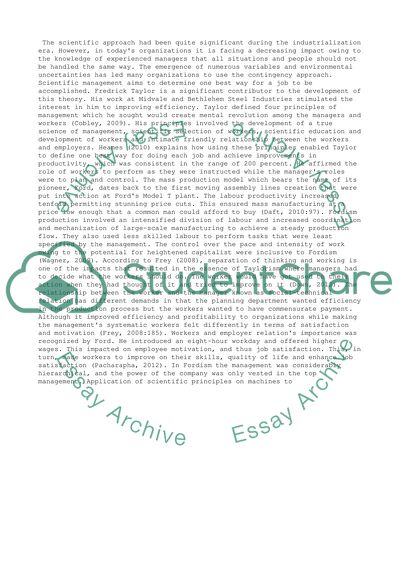Cite this document
(“Critically assess the impact of Taylor and Ford on organizations today Essay”, n.d.)
Retrieved from https://studentshare.org/management/1464127-critically-assess-the-impact-of-taylor-and-ford-on
Retrieved from https://studentshare.org/management/1464127-critically-assess-the-impact-of-taylor-and-ford-on
(Critically Assess the Impact of Taylor and Ford on Organizations Today Essay)
https://studentshare.org/management/1464127-critically-assess-the-impact-of-taylor-and-ford-on.
https://studentshare.org/management/1464127-critically-assess-the-impact-of-taylor-and-ford-on.
“Critically Assess the Impact of Taylor and Ford on Organizations Today Essay”, n.d. https://studentshare.org/management/1464127-critically-assess-the-impact-of-taylor-and-ford-on.


